Growing a tree from a simple seed may seem like a major challenge, but in reality it is a fascinating natural process that any gardener, beginner or experienced, can achieve. This tutorial sheet will guide you step by step through essential stages to succeed in germinating tree seeds. Whether you want to raise an oak, a maple, a dogwood or, why not, a rare species, germination and sowing techniques are often quite similar. Discover tips, advice and materials needed to start this adventure successfully.
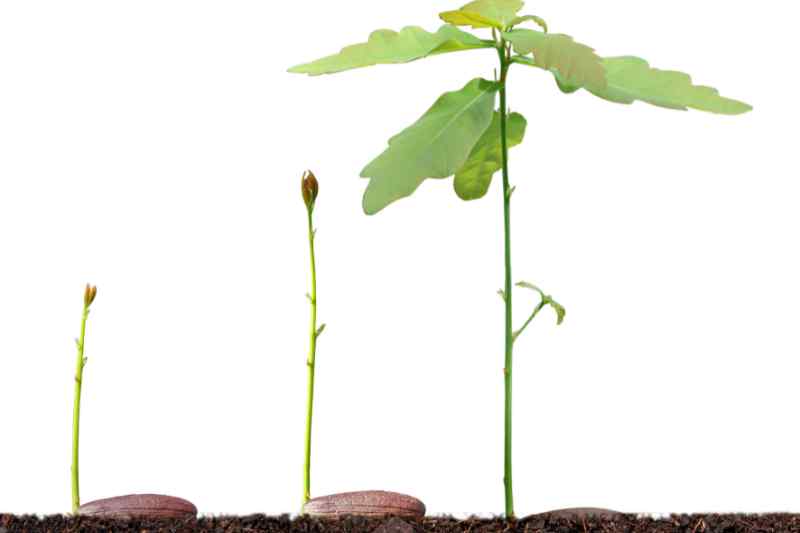
Why sow trees and bushes?
Sowing trees and bushes from seeds has advantage of being generally more economical than other propagation methods such as propagation by cuttings or buying young plants.
It also allows you to select specific varieties or species that might be less commonly available commercially.
Furthermore, some tree and bush species can actually be more resilient and better adapted to local soil when raised from seeds.
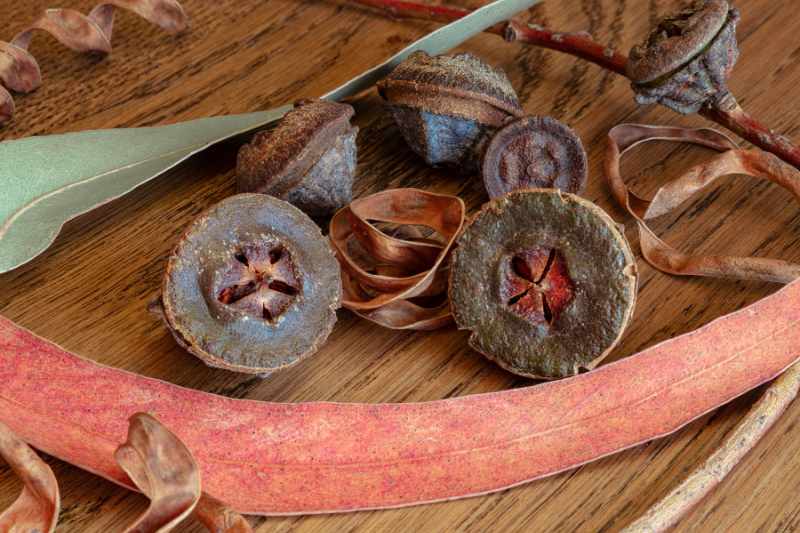
Do all woody plants reproduce well from sowing?
Some tree and bush species or varieties are not well suited to propagation by sowing. Several reasons can explain this limitation.
First, there can be genetic constraints. Some varieties or cultivars are hybrids that therefore do not produce viable seeds or whose seeds will not produce a plant similar to parent plant. In these cases, faithful propagation of these varieties is often achieved by propagation by cuttings or grafting.
Next, some species have seeds that require very specific germination conditions that are difficult to reproduce at home. This can include needs for temperature, humidity, or even stratification — cold or warm — to break seed dormancy.
There are also trees and bushes that produce limited quantities of seeds or at very long intervals, which makes seed collection for sowing impractical.
Finally, some species have seeds that quickly lose their seed viability, which requires planting almost immediately after collection, making storage and later sowing difficult.
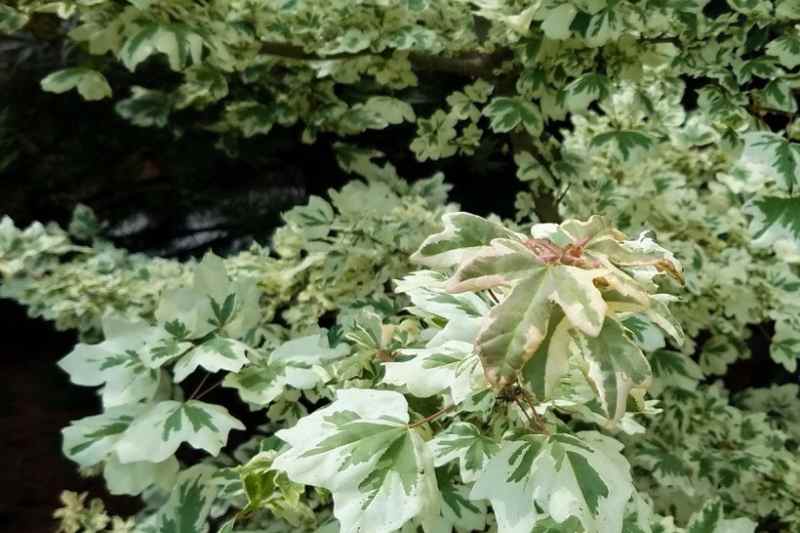
Generic method to germinate tree and bush seeds
Successful germination of tree and bush seeds begins with choosing good seeds and continues with appropriate sowing techniques. This generic method will guide you through germination process, from first steps of seed preparation to moment when young shoots are ready to be transplanted into open ground.
Seed preparation
Start by selecting quality seeds, ideally from reliable sources. You can perform a float test by placing seeds in water. Seeds that float are generally less viable and should be discarded.
Oli's little note: If you are unsure about seed viability, a simple germination test on a sample can be very revealing. Place a few seeds between two sheets of damp paper towel, seal everything in a plastic bag and keep in conditions similar to those required for germination. Check regularly to see if seeds sprout.
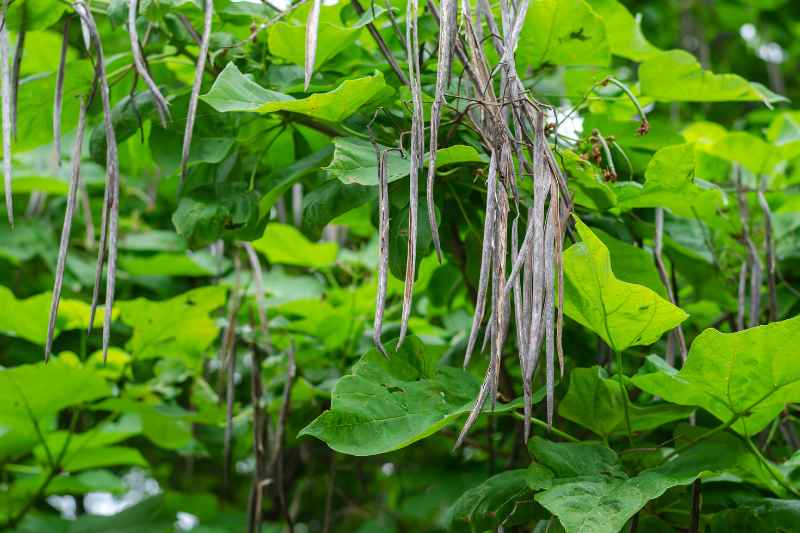
Seed stratification
Certain tree and bush seeds require cold or warm stratification to break their dormancy. Place them in a plastic bag filled with moist medium and store in refrigerator or in warm place, depending on species' specific needs.
Sowing
Fill pots with special sowing compost and sow seeds at depth recommended for each species. Water lightly and place pots in a warm, bright spot, protected from draughts. Important!: Use a sterile compost and avoid excess moisture to greatly reduce risk of fungal diseases.
Care of young shoots
Once seeds have germinated, ensure constant moisture level. Use hygrometer and thermometer to monitor these variables and adjust conditions if needed. Some gardeners even use heat mats specifically designed for germination to maintain stable temperature. You may also add a low‑strength fertiliser to encourage growth.
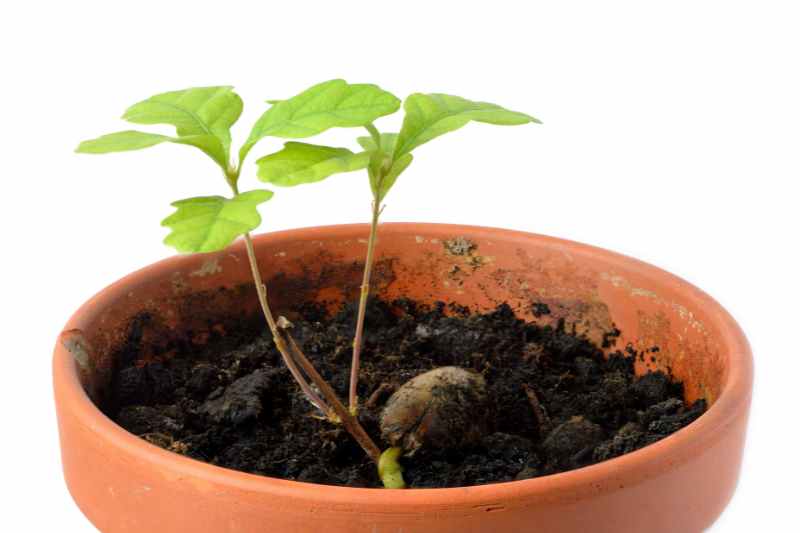
Transplanting to open ground
Before transplanting young plants into garden open ground, acclimatise them to outdoor conditions, especially if seedlings have been kept indoors and warm. This is usually done by gradually exposing them to harsher conditions over one to two weeks. When young plants are strong enough, they are ready to be planted in your garden. Choose a location suited to species' specific needs and prepare soil accordingly before transplanting.
Labelling
When managing several seed types, it is very useful to label pots or stratification bags clearly. Once seedlings emerge, young shoots tend to all look alike. Especially when collecting a specific botanical genus... Noting sowing and stratification dates can also help track progress and adjust technique if necessary.
Necessary equipment
- Quality compost: a special "sowing" compost is top choice
- Pots or seed trays (with saucers or water collection tray)
- Labels
- Watering can with fine rose or spray bottle
- Mini greenhouse: can be replaced by plastic film, transparent lid or half a clear plastic bottle.
- Heated mini propagator (optional)
- Thermometer and hygrometer (optional)































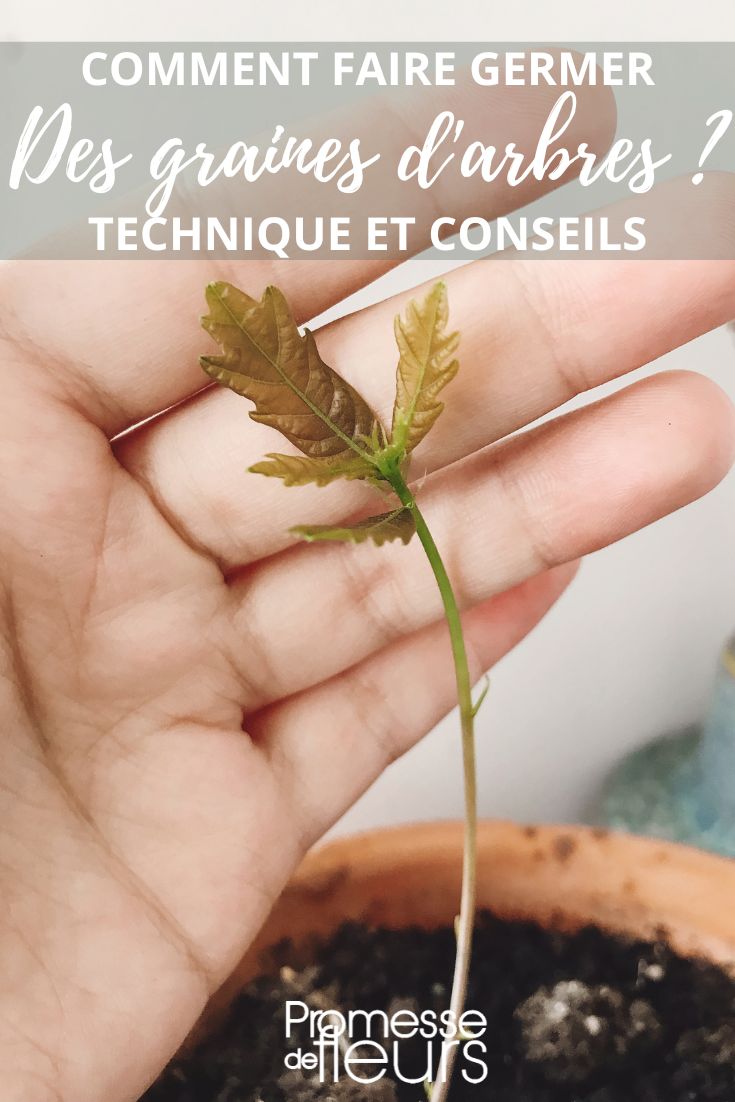
Comments